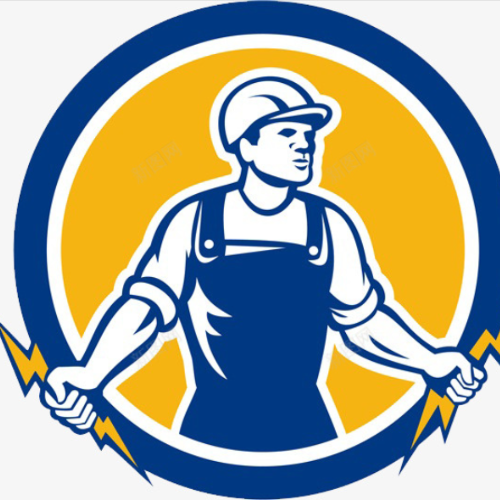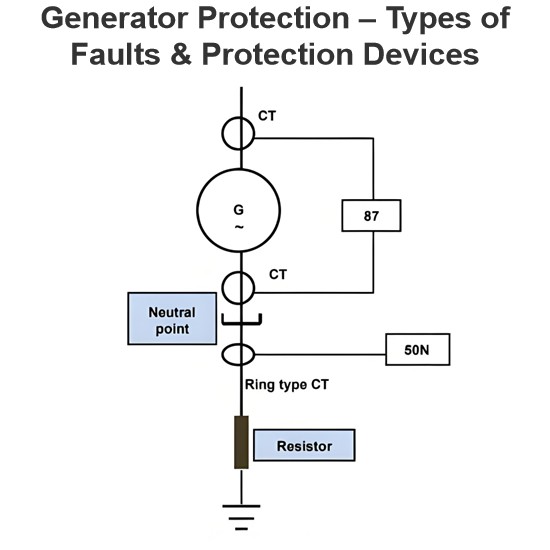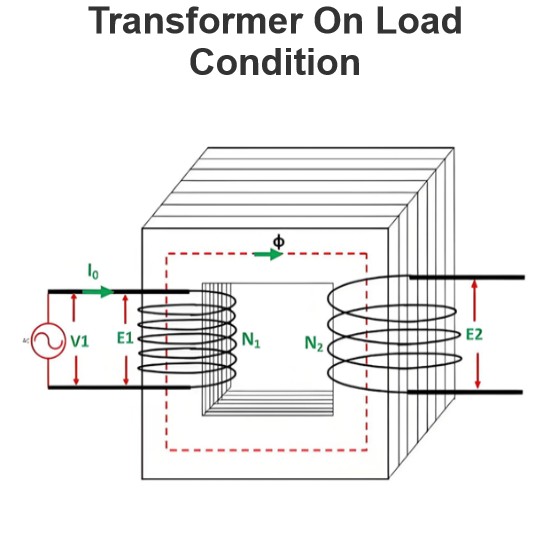Maximum Torque Condition of an Induction Motor
In the article titled "Torque Equation of an Induction Motor", we've already examined the developed torque and its corresponding equation. Now, we'll discuss the Maximum Torque Condition of an induction motor. The torque generated in an induction motor mainly hinges on three factors: the magnitude of the rotor current, the interaction between the rotor and the magnetic flux of the motor, and the rotor's power factor. The equation for the torque value during the motor's operation is as follows:

The phase angle of the total impedance of the RC network always ranges from 0º to 90º. Impedance represents the opposition that an electronic circuit element presents to the flow of current. When the impedance of the stator winding is considered negligible, for a given supply voltage V1, E20 remains constant.

- Independence from Rotor Resistance: The magnitude of the maximum torque is independent of the rotor circuit resistance.
- Inverse Proportionality to Rotor Reactance: The maximum torque varies inversely with the standstill reactance X20 of the rotor. Thus, to maximize torque, X20 (and consequently, the rotor inductance) should be minimized.
- Adjustability via Rotor Resistance: By adjusting the resistance in the rotor circuit, maximum torque can be achieved at any target slip or speed. This is determined by the rotor resistance at the slip sM = R2/X20.
- Rotor Resistance Requirement for Different Conditions:
- To achieve maximum torque at standstill, the rotor resistance must be high and equal to X20.
- For maximum torque under running conditions, the rotor resistance should be low.

















